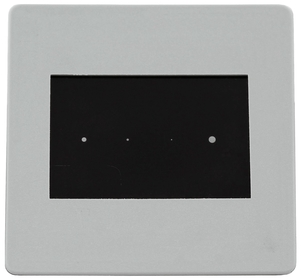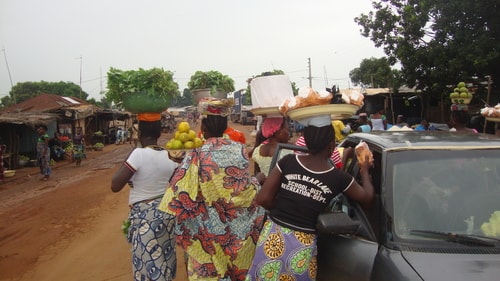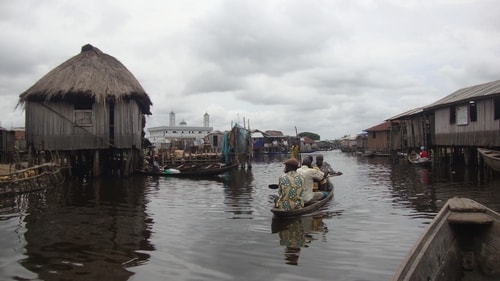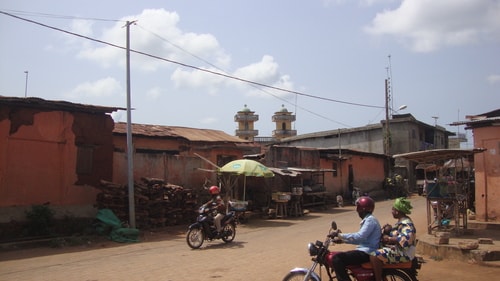GENERAL DESCRIPTION
Benin, a French-speaking country in West Africa, is bordered by Togo to the west, Nigeria to the east, and Burkina Faso and Niger to the north. The majority of its population lives on the small southern coastline of the Bight of Benin, part of the Gulf of Guinea in the northernmost tropical portion of the Atlantic Ocean.
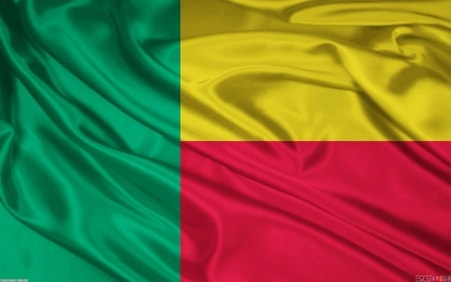
COUNTRY FACTS
POPULATION
8,439,000
RELIGION
Voodoo, Christian, Muslim
CAPITAL
Porto-Novo (238,000)
LIFE EXPECTANCY
51
GDP PER CAPITA
U.S. $1,100
AREA
112,622 square kilometers (43,484 square miles)
LANGUAGE
French, Fon, Yoruba
LITERACY PERCENT
41
FABIO'S REVIEW


I lived about 20 years in Africa, and Benin is my favorite country in that continent. I stayed there for about 1 month in 2013. It is completely off the beaten path, with barely any ""yovo"" (a.k.a. farang, a.k.a. white people). No tourists whatsoever despite great beaches, a rich cultural heritage (Benin was the center of the Dahomey kingdom), a poignant history (the slave trade), crumbling colonial outposts, atmospheric voodoo temples, beautiful women, all bundled up in a relatively safe and inexpensive package. The main religion is still voodoo, which despite the Hollywood “living dead” BS is quite relaxed and pacific.
Now, before you buy your ticket to Benin, remember that this is deep Africa: malaria & assorted illnesses, poor hygienic conditions, corruption, no electricity yesterday, no water today, no internet this afternoon, give me money, maybe tomorrow etc. but due to the lack of tourism the rip-off industry has not fully developed yet.
Some tips:
- Speaking French is essential!
- Concerning transportation, there is no organized transport per se: you need to hail one of the “taxi-brousse” (bush taxis, i.e. shared vehicles) and tell them the general direction where you want to go. Obviously there is no time table. In urban areas, use the moto-taxis. If you don’t speak French or dress fancily, you will be charged about twice the regular fare.
- In the north of the country, you won’t be able to rely on internet, so plan accordingly.
- The Benin Emergency Numbers of the police force is 117, the fire department 118, the ambulance services is 21 30 17 69 and 21 30 06 56.
- You need a visa to enter. Visit the Benin embassy in your country: all you need to get a 1-month visa are pictures, passport, copy of passport and cashy-cashy.
- If you get sick (and you will if you are not used to live in such tropical countries) here are the best medical centers, all located in Cotonou:
CMS - Centre Medical de Cotonou, Tel. 30 10 27
Hôpital de Cotonou, Tel. 30 01 55
Polyclinique Atinkanmey de Cotonou, Tel. 31 22 76 / 31 22 85
- Beware of street food (see health paragraph above), this is not Thailand… Here are some relatively safe restaurants in Cotonou, serving West
African cuisine (personally I almost always ate in my hotel, which was called ""Hotel du Lac"") :
Maquis le Mandingue, tel. 21 31 37 61
Chez Maman Bénin, tel. 21 32 33 38
La Gerbe d'Or: French bakery, lots of croissants and assorted pastries, ice cream.
LOCATIONS EXPERIENCED
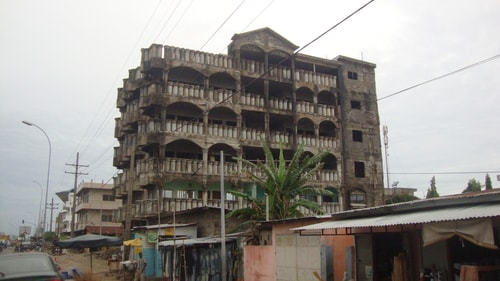
COTONOU
Cotonou, formerly Kutonu, is the largest city and economic centre of Benin. It is the seat of the government, although Porto Novo is the official capital. It is home to most of the country's government buildings and diplomatic services. The city boasts a major port, an international airport and a railway that links to Parakou.
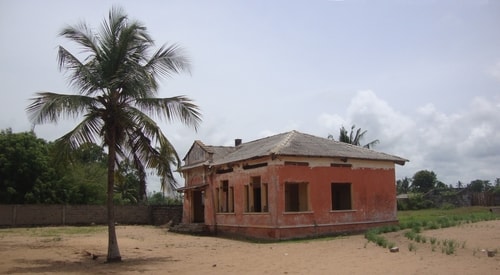
GRAND POPO
Grand-Popo is a small town in the far southwest of Benin, celebrated for its long beach lined with coconut palms. On the main road, Villa Karo is a Finnish-African cultural center with art exhibitions. Nearby, Marché de Grand-Popo is a local market next to the Mono River. La Bouche du Roi marks the point where the river enters the Atlantic Ocean.
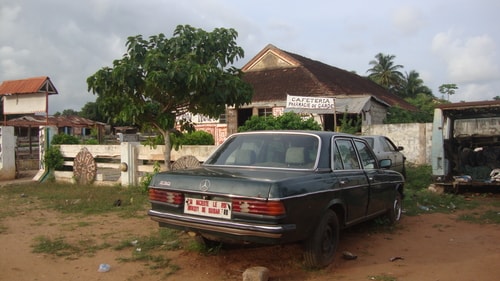
OUIDAH
Ouidah is a city on the coast of the Republic of Benin, known for its role in the 17th- to 19th-century Atlantic slave trade. The Slave Route, a track down which slaves were taken to the ships, is lined with monuments. The Ouidah Museum of History, based in an 18th-century Portuguese fort, chronicles the city’s slave-trading past.
COTONOU

Cotonou, formerly Kutonu, is the largest city and economic centre of Benin. It is the seat of the government, although Porto Novo is the official capital. It is home to most of the country's government buildings and diplomatic services. The city boasts a major port, an international airport and a railway that links to Parakou.
GRAND POPO

Grand-Popo is a small town in the far southwest of Benin, celebrated for its long beach lined with coconut palms. On the main road, Villa Karo is a Finnish-African cultural center with art exhibitions. Nearby, Marché de Grand-Popo is a local market next to the Mono River. La Bouche du Roi marks the point where the river enters the Atlantic Ocean.
OUIDAH

Ouidah is a city on the coast of the Republic of Benin, known for its role in the 17th- to 19th-century Atlantic slave trade. The Slave Route, a track down which slaves were taken to the ships, is lined with monuments. The Ouidah Museum of History, based in an 18th-century Portuguese fort, chronicles the city’s slave-trading past.
MAP
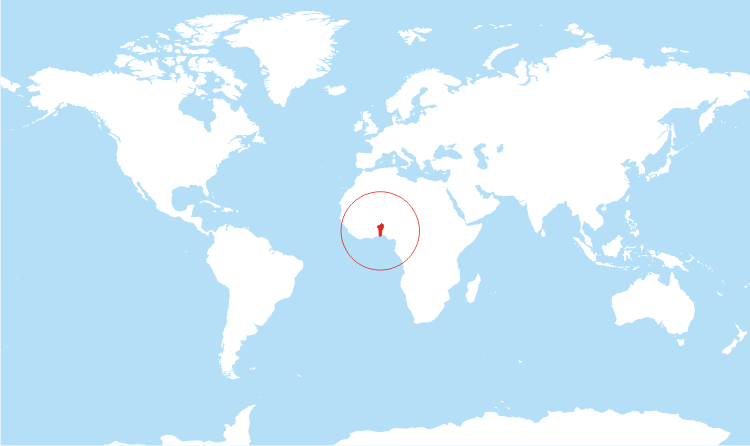
VIDEOS
Check out my YouTube page for all videos!
RESOURCES
This section is currently under construction.
